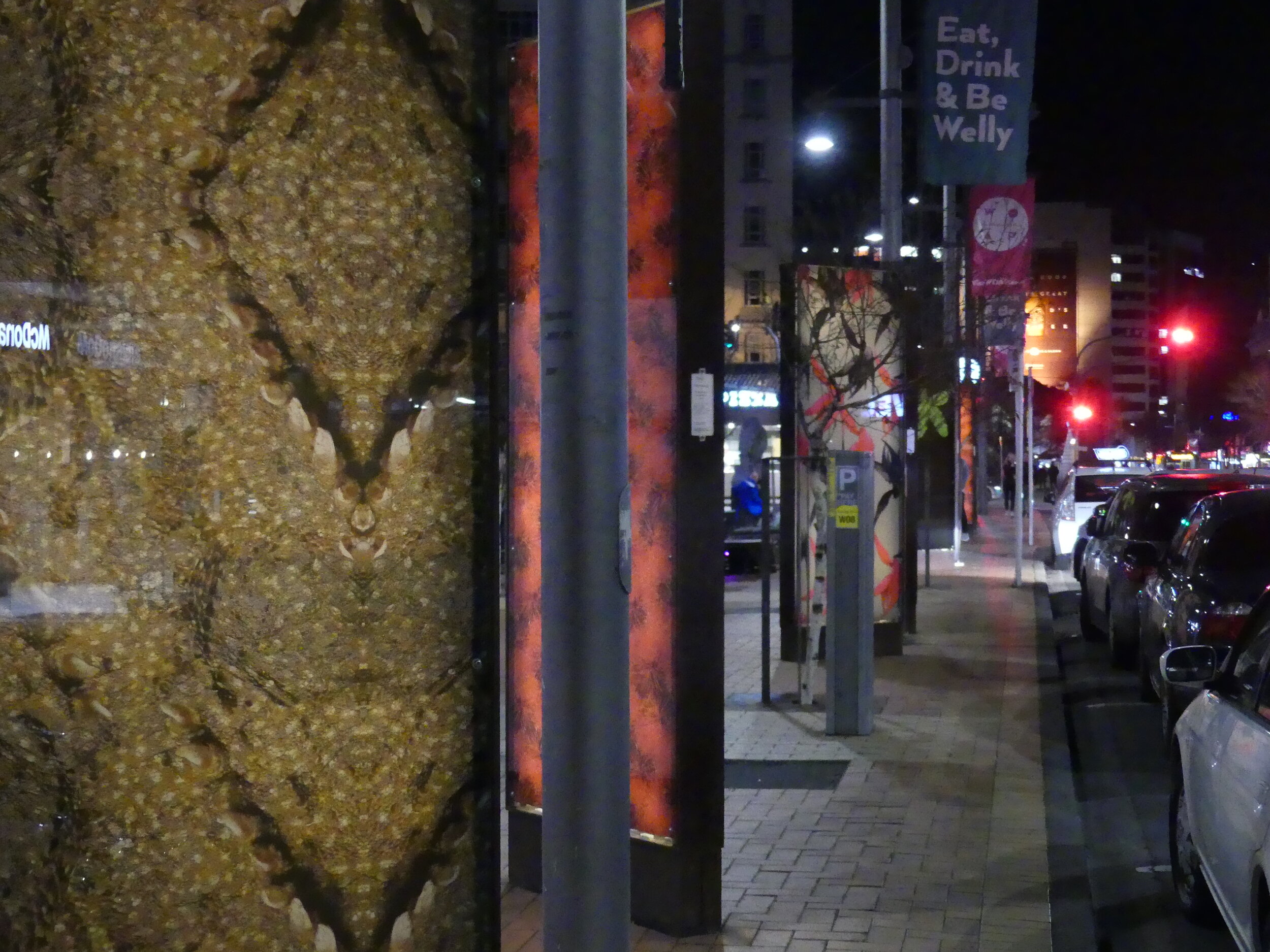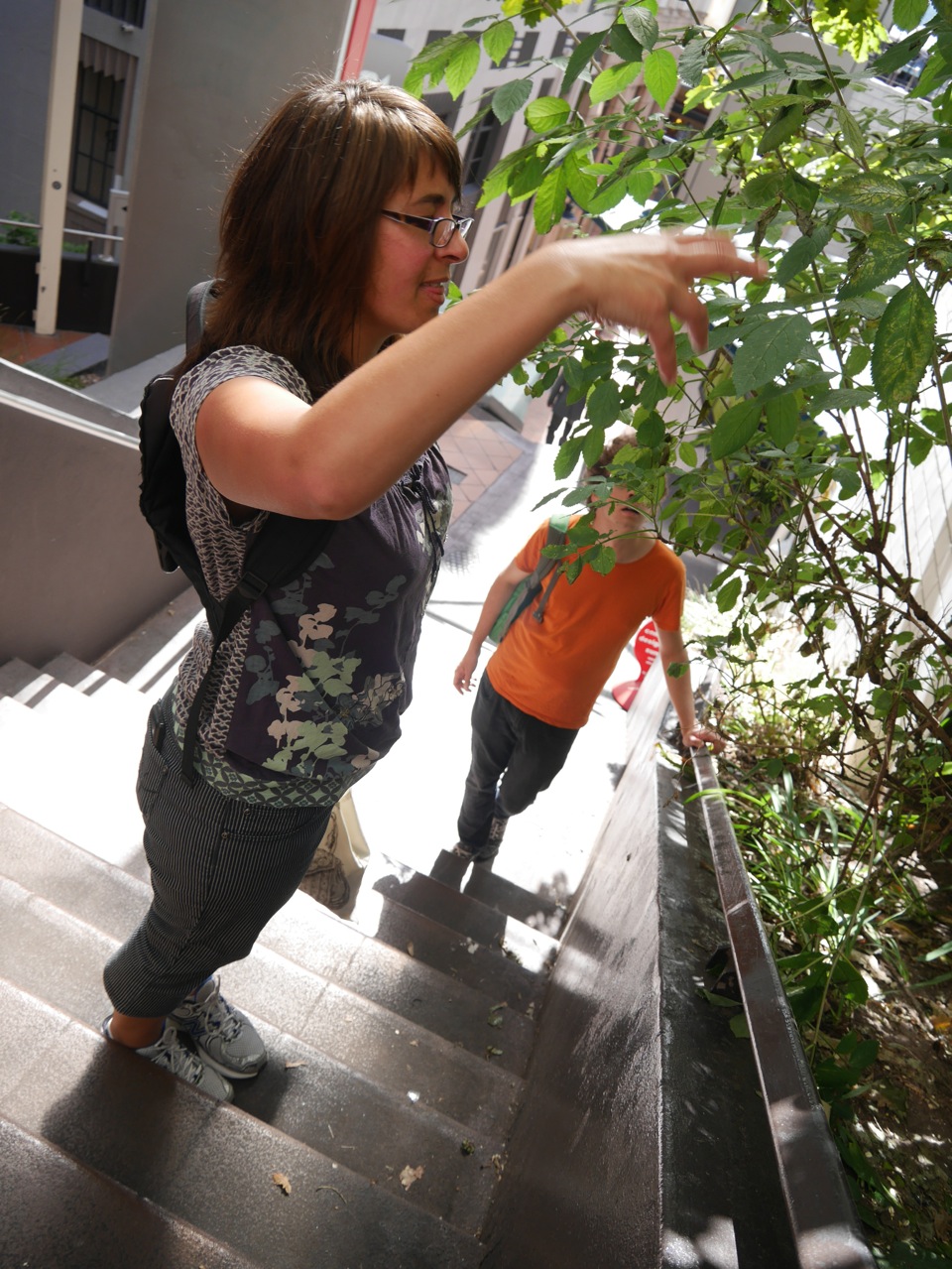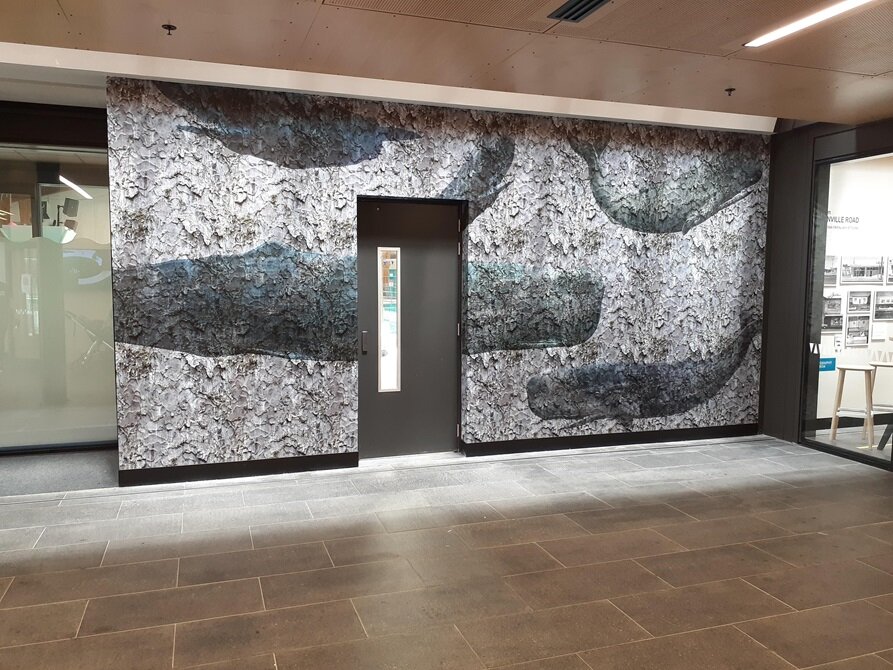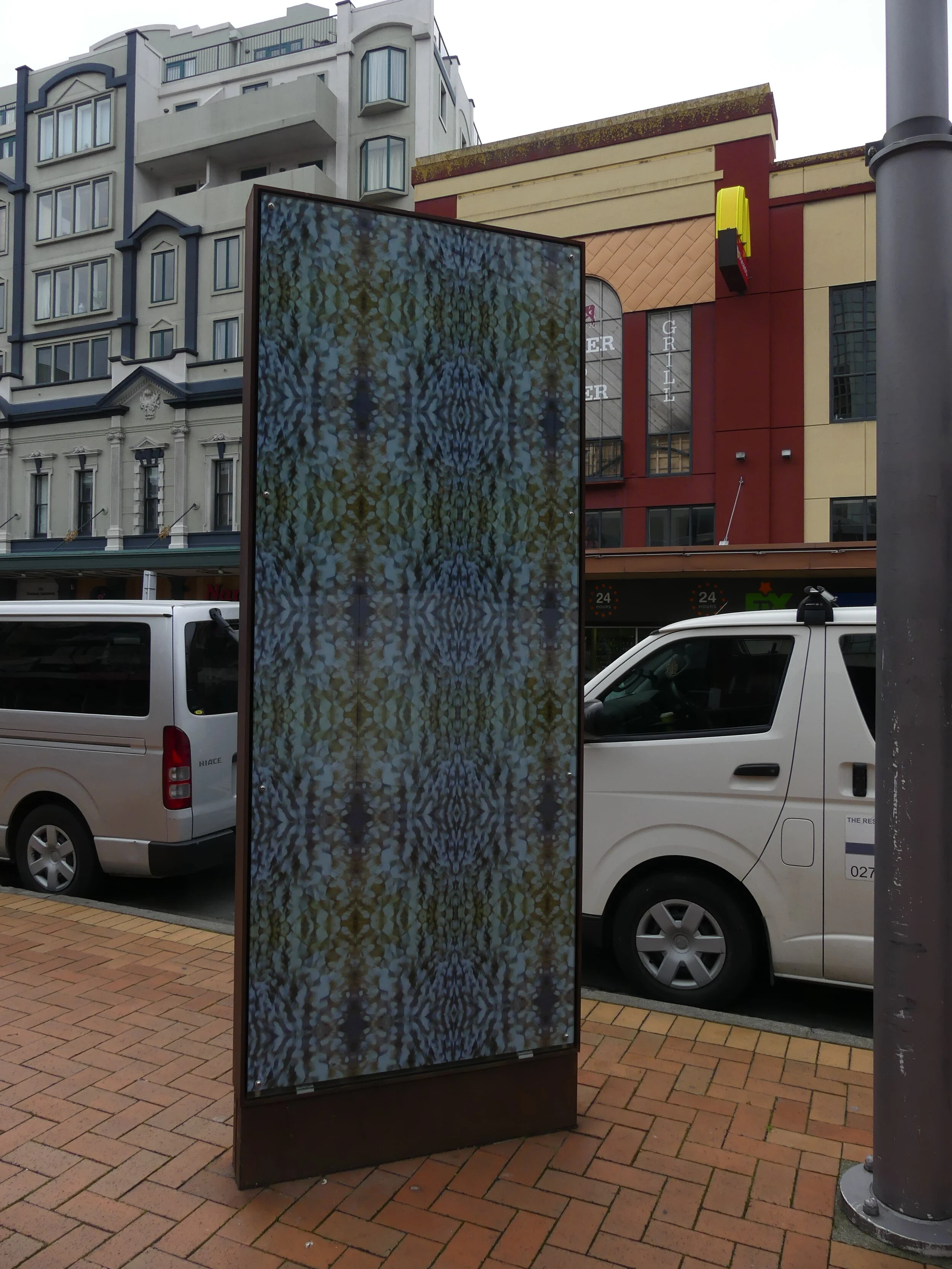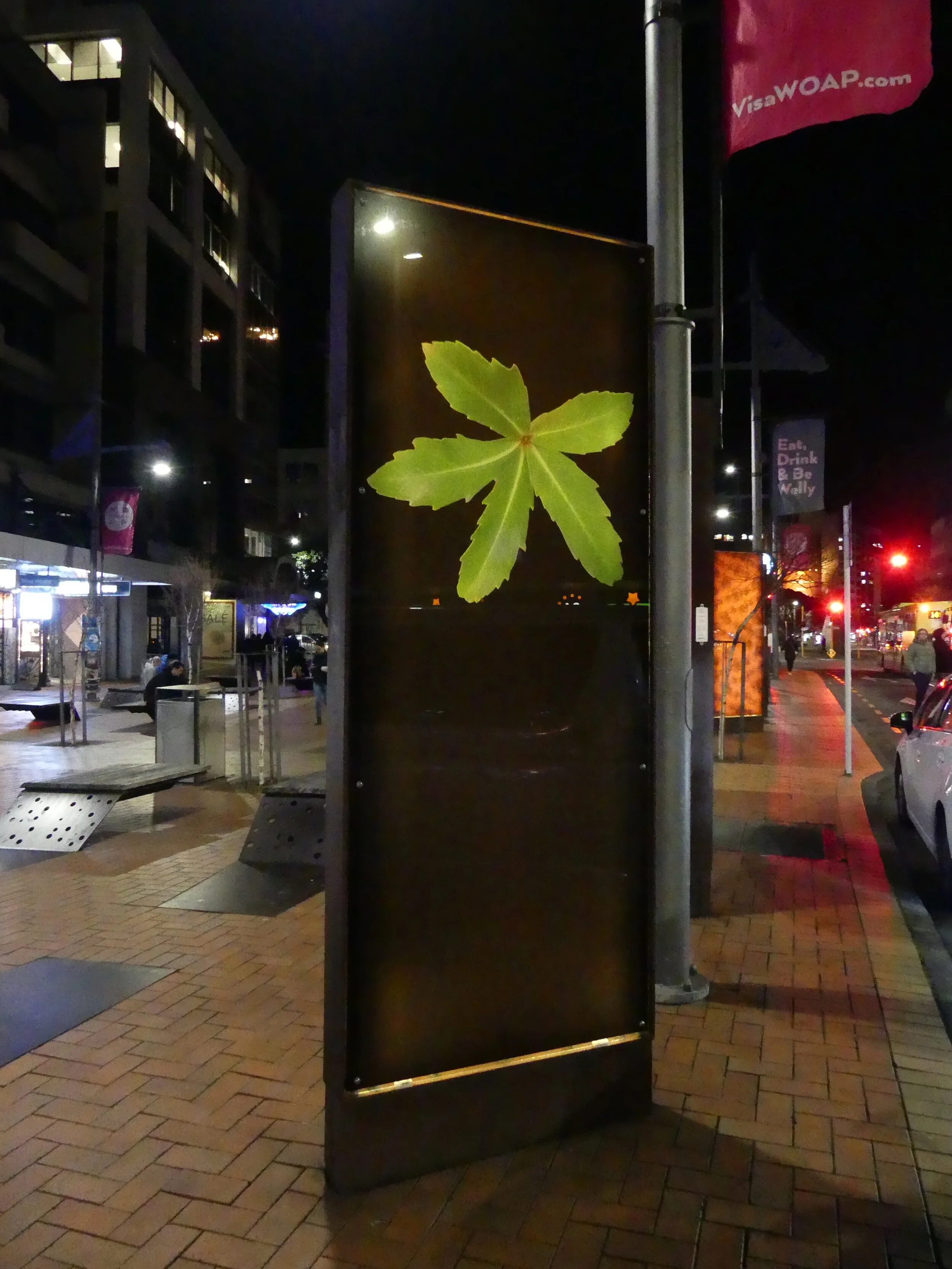Aliyah Winter & Angela Kilford
A performance presented for Performing, writing symposium, March 2017. Aliyah Winter & Angela Kilford
Māori practices of karakia, waiata and manaakitanga were employed to establish and maintain relationships between performers, audience, atua, and tupuna. These practices and approaches affected the audience’s reception of the textual and verbal elements of the work.
The subject matter of the performance, whakapapa, though originally an oral practice has been expressed in more recent times in written chart form. As a way of recording family relationships, whakapapa is more often found to include human kin, past and present and atua, marae, maunga, awa and other non-human beings.
Whakapapa, the verb and the noun was a live performance on Matiu Somes Island one of the nostrils of the fish of Te Whanganui a Tara, Wellington Harbour. The waters, air, animals and plants informed the whakapapa that was later performed through storytelling and recorded in situ as written charts for live viewing. The work allowed the audience to make the connections between the performed stories and the visual representation of whakapapa. Thus, the performance of writing was as important to the work as the oral presentation.
Through the artists implementation of tikanga, using the principles of manaakitanga, and the ritual acts of karakia and waiata, the gap between the audience and the performers was symbolically and literally diminished. The experiential dimensions of the performance through this tikanga reflected the content and purpose of whakapapa in its capacity to situate humans within a larger ecological context and Māori worldview. To this end the article will begin with a karakia, as an opportunity to achieve closeness between the reader and the writer and will explain the steps taken by the performers to address the tikanga of the spatial environment. The performative power of the spoken and written word is demonstrated through acts of ritual and performance.

